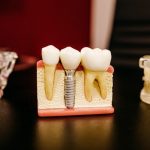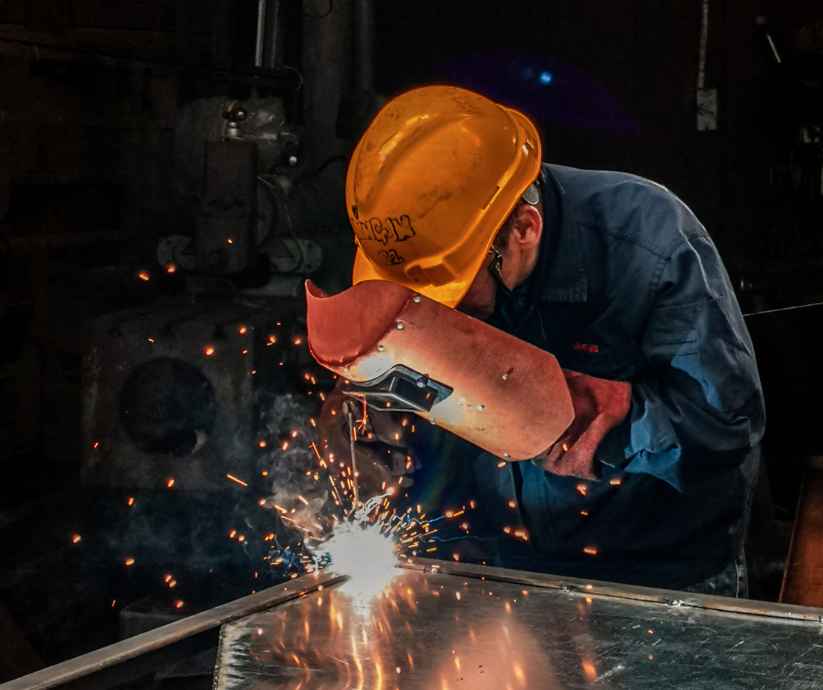
Welding is a widely used industrial process that joins materials using high heat and electricity. While welding plays a crucial role in various industries, it also poses potential risks to eye health. The intense light emitted by welding torches, along with hazardous particles and harmful ultraviolet (UV) radiation, can cause significant damage to the eyes if proper precautions are not taken. In this article, we will explore the importance of eye protection during welding and discuss essential measures to safeguard your vision in the workshop.
Welding torches produce a brilliant arc of light that emits harmful UV radiation and intense visible light, including infrared rays. These emissions can lead to several eye-related issues if the eyes are not adequately protected.
Welder’s Flash: Also known as arc eye or welder’s flash burn, this condition occurs when the cornea and conjunctiva are exposed to high levels of UV radiation. Symptoms include pain, redness, tearing, and a sensation of grittiness in the eyes.
Photokeratitis: Often referred to as “snow blindness,” photokeratitis is a temporary but painful condition caused by intense UV exposure. Welders may experience symptoms like eye pain, sensitivity to light, excessive tearing, and a feeling of sand in the eyes.
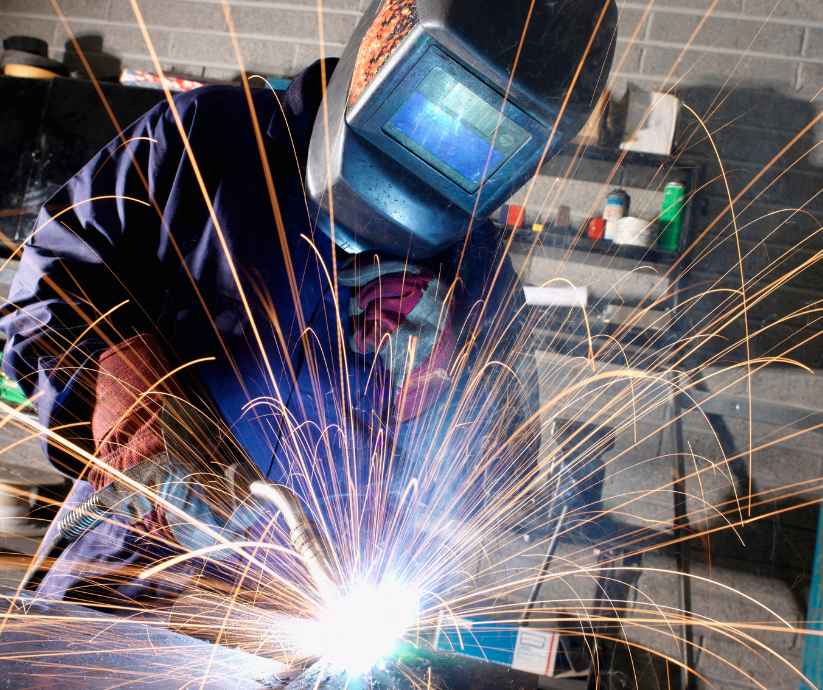
Cataracts: Long-term exposure to UV radiation emitted during welding can contribute to the development of cataracts. Cataracts cause the eye’s natural lens to become cloudy, resulting in blurred vision and, if left untreated, vision loss.
Retinal Damage: Prolonged exposure to intense light without eye protection can lead to retinal burns or damage. The retina, located at the back of the eye, is crucial for clear vision, and any injury to this sensitive tissue can have severe consequences.
Fortunately, there are several effective measures welders can take to protect their eyes and maintain good eye health while working with welding torches:
Wear Proper Eye Protection: The most crucial step in safeguarding your eyes during welding is wearing appropriate eye protection. Welding helmets or masks with specialised filters are specifically designed to shield the eyes from harmful UV and intense light. Ensure that your chosen helmet meets the required safety standards and provides ample coverage for your entire face.
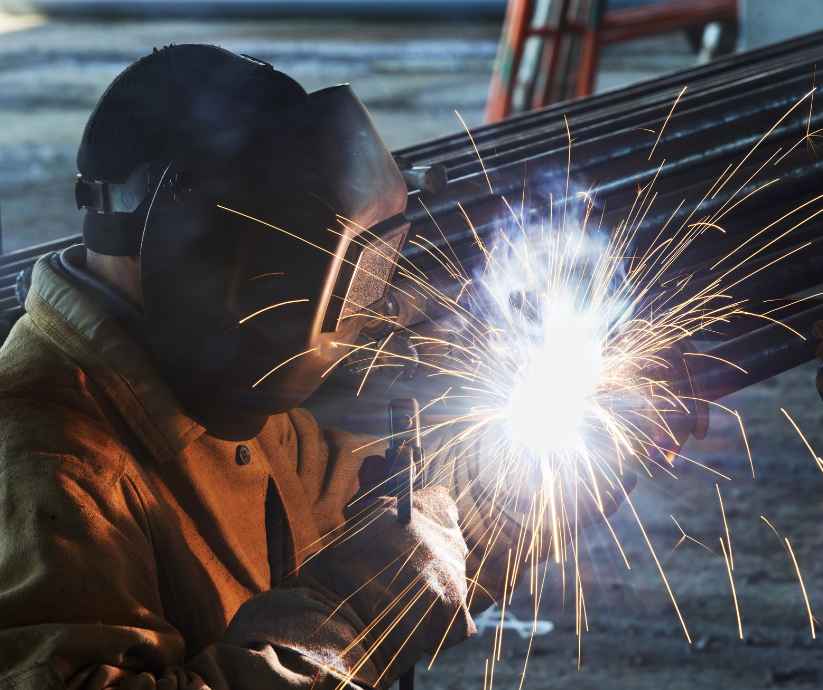
Use Welding Goggles: In addition to a welding helmet, consider wearing welding goggles beneath the helmet for extra protection. Goggles provide a close-fitting seal around the eyes, preventing particles and debris from entering. They offer a more secure barrier against hazards compared to helmets alone.
Choose the Right Lens Shade: Welding helmets come with lenses that have various shades or darkness levels. The lens shade you need depends on the type of welding you’re performing. Consult safety guidelines or experts to determine the appropriate lens shade for your specific welding process, as using an incorrect shade can compromise eye protection.
Invest in Auto-Darkening Helmets: Auto-darkening welding helmets are equipped with sensors that detect the arc light and automatically adjust the lens shade to the appropriate darkness level. These helmets provide convenience, as the lens darkens within milliseconds of the arc initiation, eliminating the need for manual adjustments.
Maintain a Safe Work Environment: To further protect your eyes, maintain a clean and well-ventilated work environment. Regularly remove dust, debris, and welding spatter from your workspace to minimise the risk of eye irritation or injury.
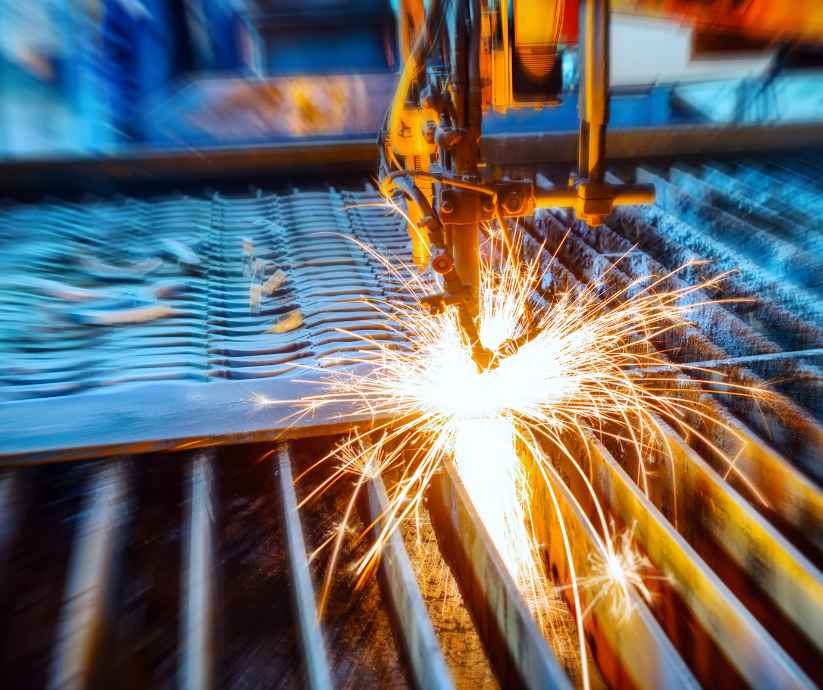
Regular Eye Exams: Schedule regular eye exams with an optometrist or ophthalmologist to monitor the health of your eyes. Eye exams can detect early signs of eye conditions and ensure prompt treatment if necessary.
Welding torches emit intense light, hazardous particles, and harmful UV radiation, making eye protection a critical aspect of welding safety. By taking appropriate measures , wearing proper eye protection and using a trusted welding torches from this company, welders can safeguard their vision and minimise the risk of eye-related injuries and conditions.
Remember to invest in quality welding helmets or masks, choose the correct lens shade, and consider using welding goggles for added protection. Your eyes are invaluable, so prioritise their health and well-being in the workshop to ensure a long and fulfilling welding career.


